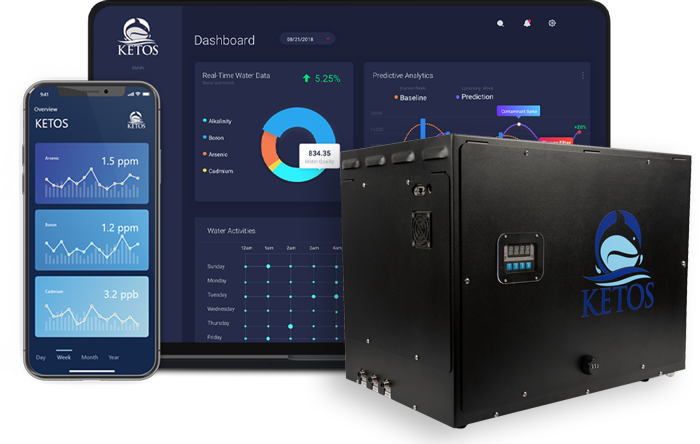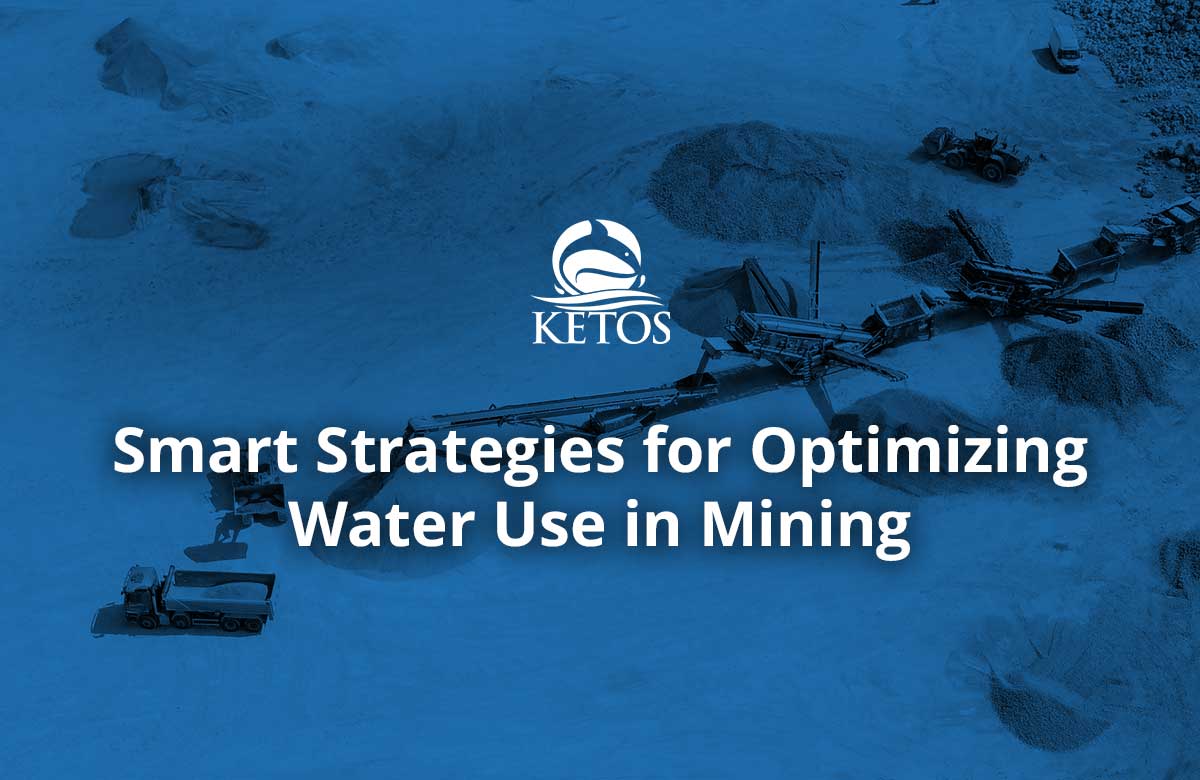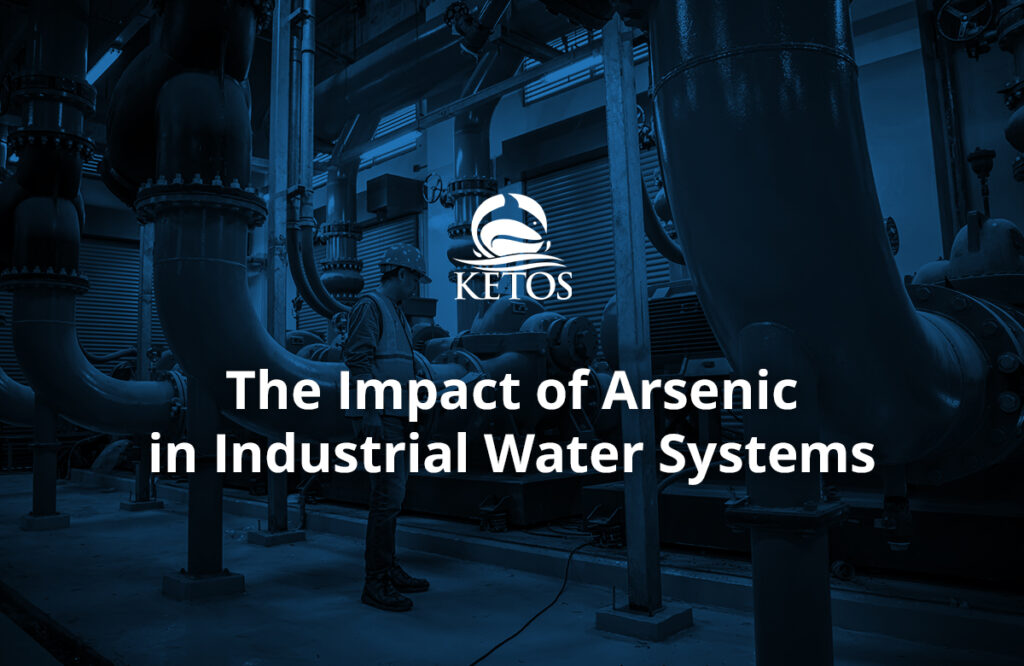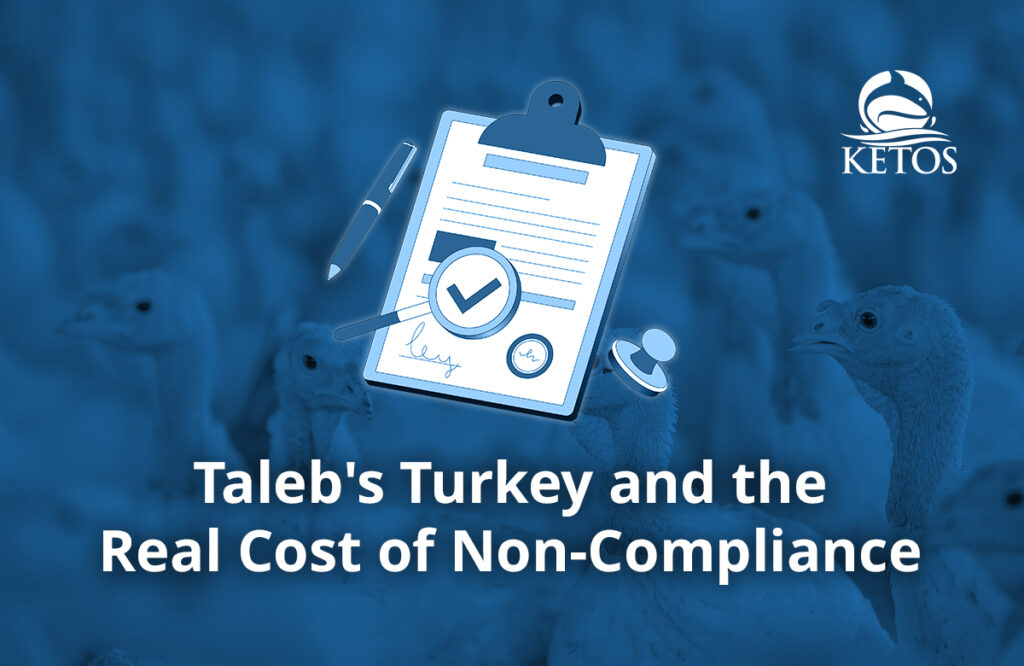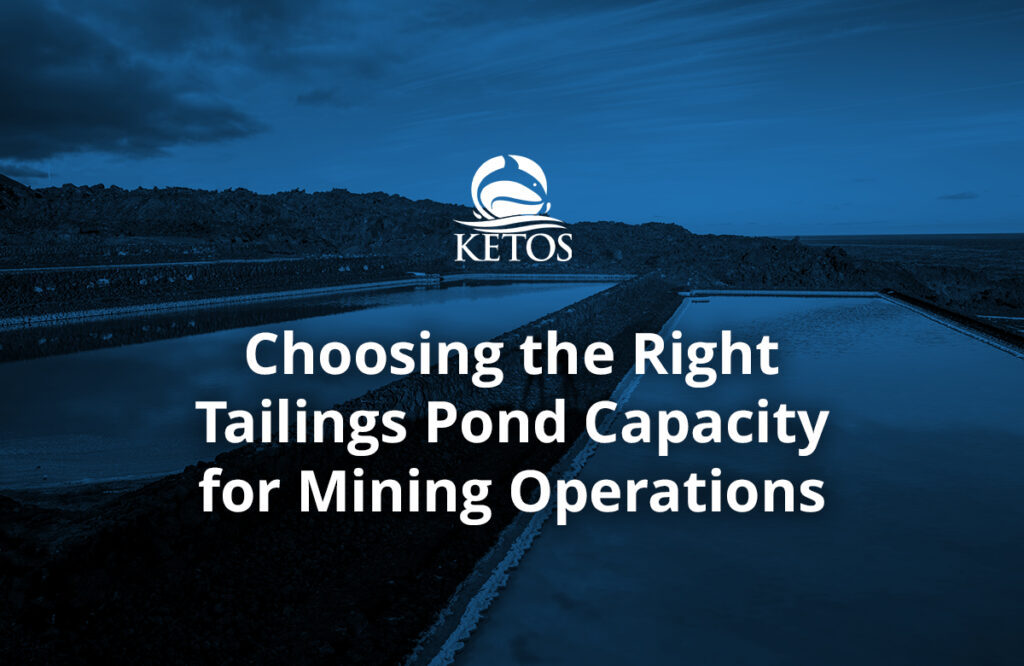Water is indispensable in mining operations, serving critical functions such as mineral processing, dust suppression, and slurry transport. However, inefficient water use can lead to environmental challenges, regulatory hurdles, and increased operational costs. Implementing effective water management strategies is essential for enhancing efficiency and ensuring the sustainability of mining activities.
Water Use in Mining Operations
Mining relies heavily on water for essential processes such as mineral extraction, dust suppression, and material transport. Inefficient water management increases operational costs, depletes resources, and poses environmental risks. To achieve sustainability, mining operations must optimize water use in key areas:
- Mineral Processing
Water is essential in flotation, leaching, and gravity separation processes, helping extract valuable minerals from raw ore. These methods generate tailings that often require additional water for transport and containment.
- Tailings Management
Tailings storage facilities (TSFs) are among the largest consumers of water in mining. Water is used to maintain tailings in a semi-liquid state for easier handling, but excessive use can lead to environmental risks such as seepage and dam failures.
- Dust Suppression
Haul roads, crushers, and stockpiles generate significant dust, which is controlled using water sprays. In arid regions, excessive dust suppression efforts can strain local water supplies.
- Slurry Transport
Ore slurry pipelines use water to transport fine materials over long distances. Without efficient water recovery, these systems can lead to excessive water loss.
- Cooling Systems
Mining equipment such as mills, drills, and crushers require water-based cooling systems. Inefficient cooling can lead to high water consumption and increased maintenance costs.
Optimizing water use in these areas improves efficiency, lowers costs, and supports environmental compliance. Advanced monitoring solutions and real-time data analytics enable mining companies to achieve sustainable water management while maintaining operational success.
Challenges in Water Management
Managing water in mining comes with significant challenges, including limited resources, environmental risks, strict regulations, and high costs. Addressing these issues is key to ensuring sustainable and efficient operations.
| Challenge | Description |
| Water Scarcity | Many mines operate in dry regions where freshwater is limited. Competition from agriculture and local communities makes it difficult to secure water. Desalination, groundwater extraction, and water transport add to costs. |
| Environmental Impact | Mining generates wastewater with heavy metals and chemicals that can pollute rivers and groundwater. Acid mine drainage (AMD) is a major issue, causing long-term damage to ecosystems and communities. |
| Regulatory Compliance | Strict laws require companies to monitor and report water use. Regulations like the Clean Water Act (U.S.) and Water Framework Directive (EU) set quality standards. Non-compliance can result in fines, legal action, or shutdowns. |
| Operational Costs | Water sourcing, treatment, and disposal are expensive. High energy use for pumping and filtration increases costs. Leaks, evaporation, and poor recycling further wastewater and money. |
To address these challenges, mining companies must adopt efficient water management strategies. Using advanced treatment systems, real-time monitoring, and water recycling can reduce waste, lower costs, and meet regulatory standards.
Strategies for Enhancing Water Efficiency
Mining operations consume large amounts of water, but adopting smart strategies can reduce waste, lower costs, and improve sustainability. The following approaches help optimize water use while ensuring compliance with environmental regulations.
1. Wastewater Treatment and Recycling
Mining wastewater contains pollutants such as heavy metals and chemicals. Advanced treatment methods like membrane filtration, reverse osmosis, and biological treatment remove contaminants, making water safe for reuse. Chemical precipitation neutralizes acidic wastewater, preventing environmental harm.
Water Recycling Impact: Implementing closed-loop recycling systems can reduce freshwater intake by up to 40%, while tailings water recovery techniques, such as thickened tailings disposal and filtration, further minimize external water use.
2. Leak Detection and Management
Undetected leaks waste water and increase costs. IoT-based sensors and real-time monitoring help track water flow and pressure, detecting leaks before they escalate. Predictive maintenance powered by AI analytics reduces water loss and enhances efficiency.
Leak Prevention Savings: Proactive maintenance and monitoring can reduce water waste by 15%.
3. Adoption of Dry Processing Techniques
Reducing reliance on wet processing methods saves significant amounts of water. Technologies like air classification and electrostatic separation eliminate the need for water in mineral processing. Dry stacking of tailings also reduces reliance on water-intensive storage ponds.
Water Reduction Potential: Dry processing techniques can lower water usage by 25%.
4. Real-Time Water Quality Monitoring
Automated water monitoring systems provide real-time data on key parameters such as pH, turbidity, and heavy metal concentrations. AI-driven analytics detect early warning signs, allowing operators to prevent contamination and optimize water use.
Operational Benefit: Continuous monitoring helps reduce compliance-related risks and water overuse by 10%.
5. Employee Training and Engagement
Employees play a critical role in water conservation. Training programs educate workers on best practices for minimizing water waste, improving dust suppression, and optimizing equipment cooling.
Workforce Impact: A well-trained workforce can contribute to a 10% reduction in water consumption.
By integrating these strategies, mining companies can significantly enhance water efficiency, reduce costs, and meet regulatory requirements. Advanced treatment solutions, real-time monitoring, and dry processing technologies ensure that mining operations remain sustainable while minimizing their environmental footprint.
Innovative Solutions for Water Management
Technology is revolutionizing water management in mining, improving efficiency, reducing waste, and ensuring compliance. Automated monitoring and predictive analytics help companies optimize water use, lower costs, and enhance sustainability.
Automated Water Quality Monitoring
Traditional water testing is slow and labor-intensive. Automated systems provide real-time data on key parameters, including:
- pH Levels: Maintains safe acidity and alkalinity.
- Turbidity: Measures water clarity and sediment levels.
- Conductivity: Tracks dissolved minerals and salts.
- Heavy Metals: Detects contaminants like arsenic and mercury.
IoT-based sensors and cloud platforms reduce manual testing, lower costs, and improve accuracy. Solutions like the KETOS SHIELD provide real-time water analysis and automated regulatory reporting, ensuring compliance and proactive management.
Predictive Analytics & Data Integration
AI-driven analytics help predict water demand, detect inefficiencies, and prevent losses. Key data sources include:
- Weather Forecasts: Anticipates droughts and rainfall impacts.
- Groundwater Levels: Monitors underground reserves.
- Operational Metrics: Tracks equipment efficiency and usage trends.
Real-time integration detects leaks early by analyzing flow rates and pressure changes, preventing excessive water loss. Cloud-based platforms centralize data, enabling better decision-making and optimizing resource allocation.
Enhancing Sustainability
Automated monitoring and predictive analytics help mining companies reduce water consumption, cut costs, and meet environmental regulations. Investing in these technologies ensures long-term sustainability and smarter resource management.
Smart water management helps mining companies cut waste, stay compliant, and boost efficiency. With automated monitoring and predictive analytics, KETOS ensures cost-effective, sustainable, and responsible water use.
Partnering with KETOS for Smarter Water Management
Effective water management in mining goes beyond compliance—it requires precision, efficiency, and sustainability. KETOS delivers real-time monitoring, automation, and predictive analytics to help mining companies optimize water use, prevent losses, and meet environmental goals.
KETOS delivers cutting-edge solutions to help mining operators optimize tailings pond performance, enhance water efficiency, and maintain compliance. Our key offerings include:
- Automated, Lab-Accurate Monitoring: Real-time water testing eliminates delays and ensures compliance.
- Predictive Water Intelligence: AI-driven insights detect inefficiencies before they become costly problems.
- Remote Access & Alerts: Cloud-based connectivity enables 24/7 monitoring and automated compliance reporting.
- Flat-Fee Model: Unlimited testing, analytics, and maintenance with no upfront investment.
Since 2015, KETOS has been redefining water intelligence with smart technology and data-driven solutions. Our platform empowers mining companies to take control of water efficiency, sustainability, and operational resilience.
Schedule a demo and see how KETOS can revolutionize your water management.
